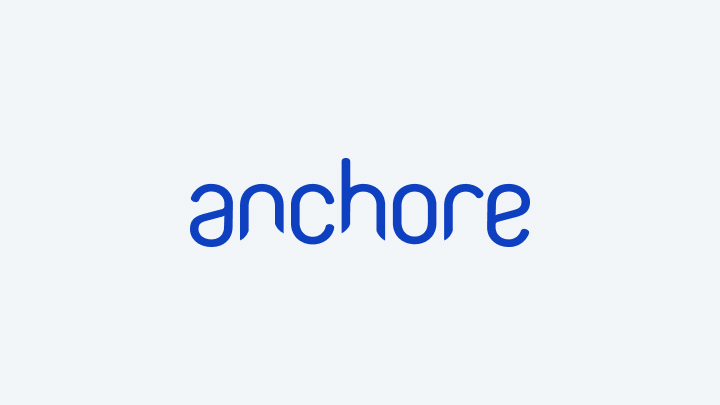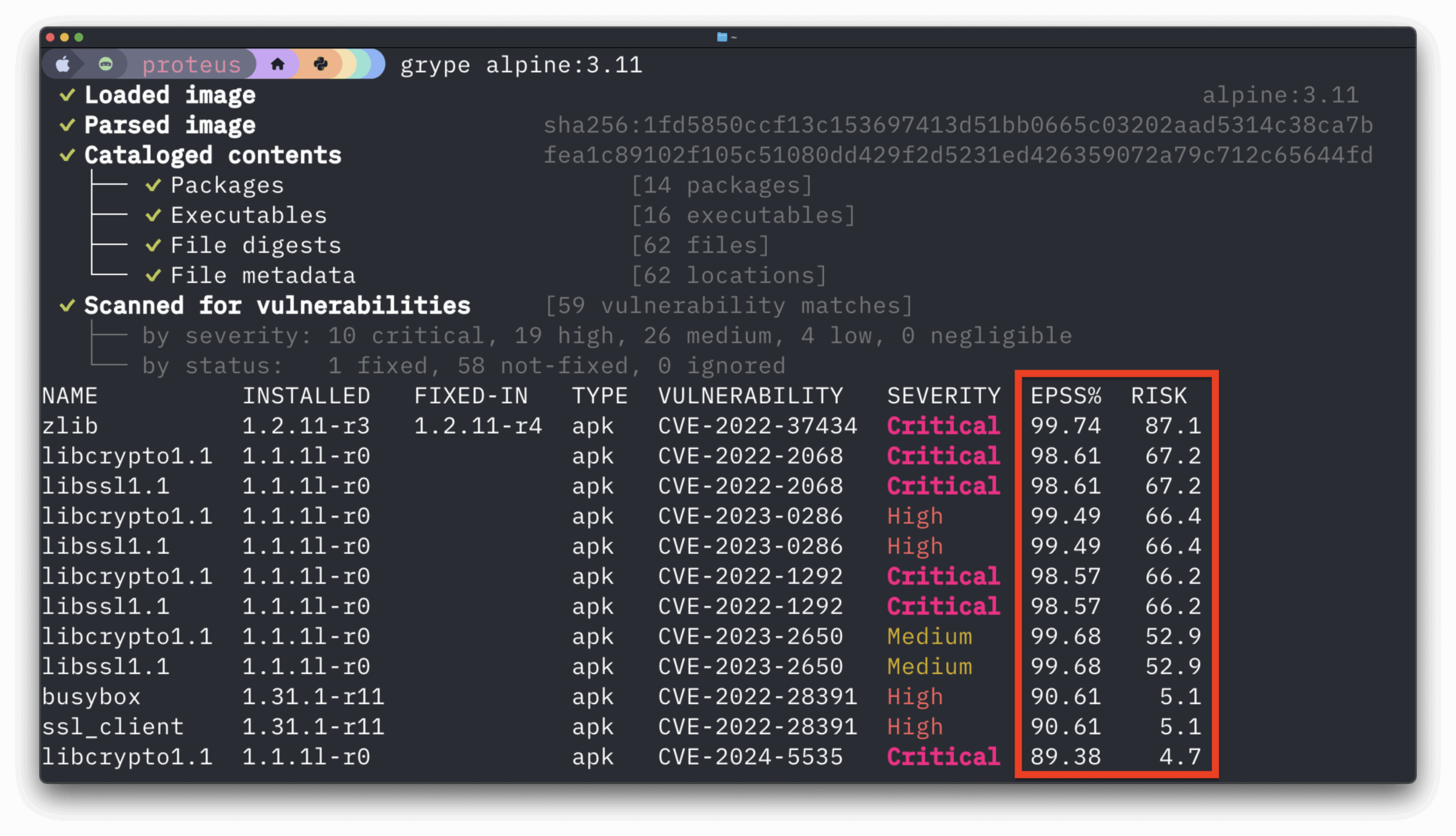We are pleased to announce the release of Anchore Enterprise v4.1 which contains a major new service to help reduce false positives as well as improvements to our SBOM Drift capability, RHEL 9 support, and updates to the AnchoreCTL command line tool. Read on to learn more!
Reducing False Positives with the new curated Anchore Vulnerability Feed
For most security teams who are doing vulnerability management, handling false positives is the biggest source of frustration and wasted time. A large number of false positives affect every user, independent of their environment, for one of two major reasons: incorrectly identified software contents that appear to be vulnerable or incomplete data in the vulnerability feed itself.
In 2021, to address the challenge of misidentified components, Anchore introduced two features, SBOM Hints and SBOM Corrections, that allow users to adjust the metadata to ensure more accurate generation of the SBOM. This, in turns, provides better mapping to the list of vulnerabilities.
With Anchore Enterprise 4.1, we are excited to offer the Anchore Vulnerability Feed which addresses the second issue of incomplete data in public feeds, especially from the National Vulnerability Database (NVD). The Anchore Vulnerability Feed uses data gathered from Anchore’s user community, customer environments, and research done by the Anchore Security Team. This data is used to identify inaccurate metadata in public vulnerability feeds. Once problematic metadata is identified, the Anchore Vulnerability Feed prevents matches against a software component either through a managed exclusion list or by enhancing the metadata itself.
All customers can request an assessment of a potential false positive through the Anchore support portal. As Anchore discovers and adds new data to the feed, customers will benefit from live updates which immediately reduce false positives on the customer site without any need for administration changes or software updates. This feature is available to all existing customers across all tiers.
Detect Malicious Activity and Misconfiguration with SBOM Drift Enhancements
Ever since the Solarwinds compromise, companies have become aware that malicious components can be added during development to create attack vectors. To help with detecting this type of attack, Anchore added a capability in Anchore Enterprise 4.0 called SBOM Drift which looked for when components were being added, changed, or removed during the software development life cycle. The initial feature enabled users to detect and alert on changes between builds of container images. Anchore Enterprise 4.1 further expands on this capability by adding the ability to detect drift between the SBOM generated from a source code repository and the SBOM generated from the resulting build. While some drift is normal as packages are added as dependencies or included from the base operating system, some drift is not.
New policy rules can catch changes such as downgrades in version numbers which may be a result of either tampering or misconfigurations. Drift alerts are configurable and can be set to either warn or fail a build based on your requirements. The underlying API to the service allows users to query the changes for reporting and to track dependency usage.
Unified and improved command line experience with AnchoreCTL 1.0
Part of the power of Anchore Enterprise is the extensive API coverage and the flexibility of integrating with 3rd party tools and platforms. Since the first launch of our product, the main tool for interacting with any of Anchore Enterprise’s functions via the command line has been anchore-cli. This tool was used to request operations, status, or pull data from the backend. At the beginning of the year, we introduced a next-generation tool called AnchoreCTL, written in GoLang and provided as a standalone client tool. AnchoreCTL allowed a user to interact with Anchore Enterprise application grouping and source code/image SBOM features.
Along with Anchore Enterprise 4.1, we are releasing AnchoreCTL v1.0 which now has all of the capabilities previously provided by anchore-cli, but in a simple, unified experience. Provided as a Go binary, it reduces the environment requirements to run the tool on systems such as runners in a CI/CD environment and simplifies the administrative experience of working with Anchore Enterprise.
Additionally, the user experience for interacting with operations like sbom management and application management has been massively simplified. Operations which took multiple command line invocations can now be performed with a single operation.
RHEL9 and clone support
Finally, Anchore Enterprise 4.1 can now scan and continuously monitor RHEL 9 and CentOS 9 Stream container images for any security issues present in installed packages for these operating systems. These packages are now included in generated SBOMs and customers can be applied to Anchore’s customizable policy enforcement.
For more information about the product or to get started with a trial license, please contact Anchore.



